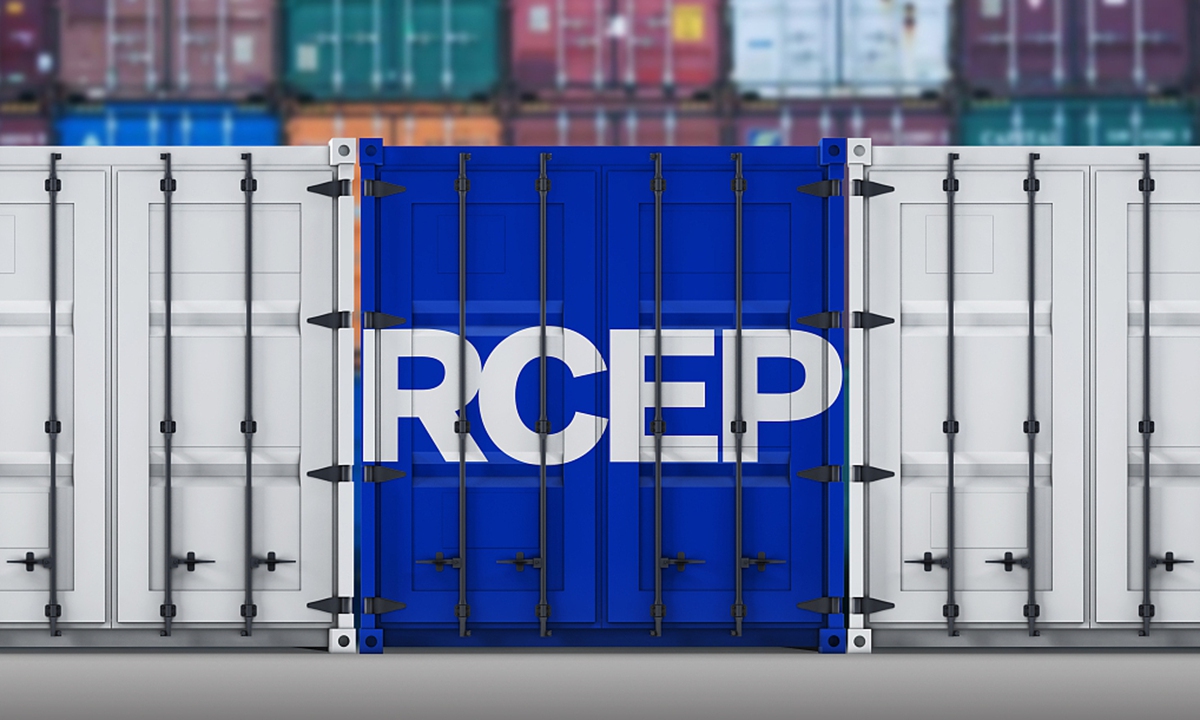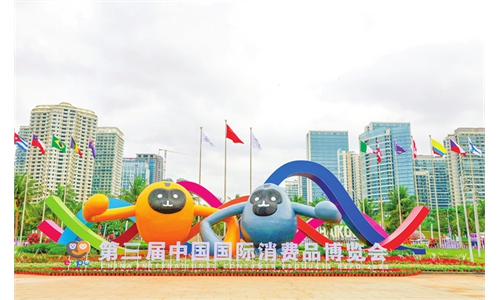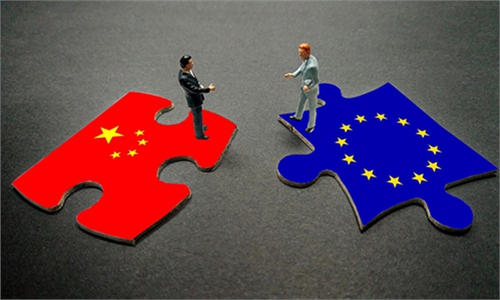China to implement agreed tariff rates under RCEP for Philippines, another milestone for trade pact
World’s biggest trade pact set for full implementation: analysts

RCEP Photo:VCG
The Customs Tariff Commission of the State Council announced on Monday China will implement agreed tariff rates under the Regional Comprehensive Economic Partnership (RCEP) for certain imports from the Philippines starting on June 2, when the trade pact is set to take effect in the Philippines after the ratification process is completed.
The move marks another milestone for the RCEP, as it means the world's biggest trade agreement will enter the full implementation stage with all of its 15 members officially implementing it, trade analysts said, noting that the pact will boost trade among the members amid a complex and difficult global geo-economic landscape this year.
In a notice, the Customs Tariff Commission of the State Council said that in order to strictly fulfill the promises of the agreement and actively promote the full implementation of the RCEP, starting on June 2, agreed tariff rates applicable to RCEP ASEAN member states will be implemented on some imported goods originating in the Philippines, according to the website of the Chinese Finance Ministry on Monday.
With the RCEP coming into force in the Philippines, all 15 members will complete the ratification procedures and implement tariff reductions for each other, and the agreement will enter a new stage of full implementation, according to the notice.
The Philippines deposited its Instrument of Ratification of the RCEP Agreement to the Secretary-General of ASEAN on April 3 and with this deposit, the RCEP will enter into force in the Philippines on June 2.
"This means a new milestone in the development of the agreement as all 15 members will have completed the entry-into-force procedure on June 2," Xu Liping, director of the Center for Southeast Asian Studies at the Chinese Academy of Social Sciences, told the Global Times on Monday.
Participating countries of the pact are the 10 ASEAN members, Australia, New Zealand, China, Japan and South Korea. After eight years of negotiations, the agreement first went into force for 10 members on January 1, 2022. RCEP then entered into force for the Republic of Korea on February 1, 2022, for Malaysia on March 18, 2022 and for Indonesia on January 2, 2023.
The RCEP covers a market of 2.2 billion people, or almost 30 percent of the world's population, with a combined GDP of $26.2 trillion or about 30 percent of global GDP.
Members need to further increase the utilization rate of RCEP rules, fully realize the dividends of the agreement on regional trade development, and promote economic and trade cooperation and cultural exchanges among China and other member states, Xu said.
Often dubbed as the world's biggest trading pact, the RCEP is widely expected to boost trade among participating Asia-Pacific countries, even as global trade is under downward pressure, analysts noted.
In the first quarter of 2023, China's total trade with the 14 other RCEP members grew by 7.3 percent year-on-year and accounted for 31.2 percent of China's total trade during the period, according to Chinese official data.
"As the world's largest free trade zone, the RCEP is the guarantee of multilateral openness among countries. More than 90 percent of trade in goods covered will achieve zero tariffs. The conditions for zero-tariff status are relaxed, and the implementation of cumulative rules of origin will make resource allocation in the region more rational," Bai Ming, a research fellow at the Chinese Academy of International Trade and Economic Cooperation in Beijing, told the Global Times on Monday.
Bai noted that the next goal of RCEP members is to accelerate the implementation of RCEP free trade rules and accelerate intra-regional trade exchanges.



